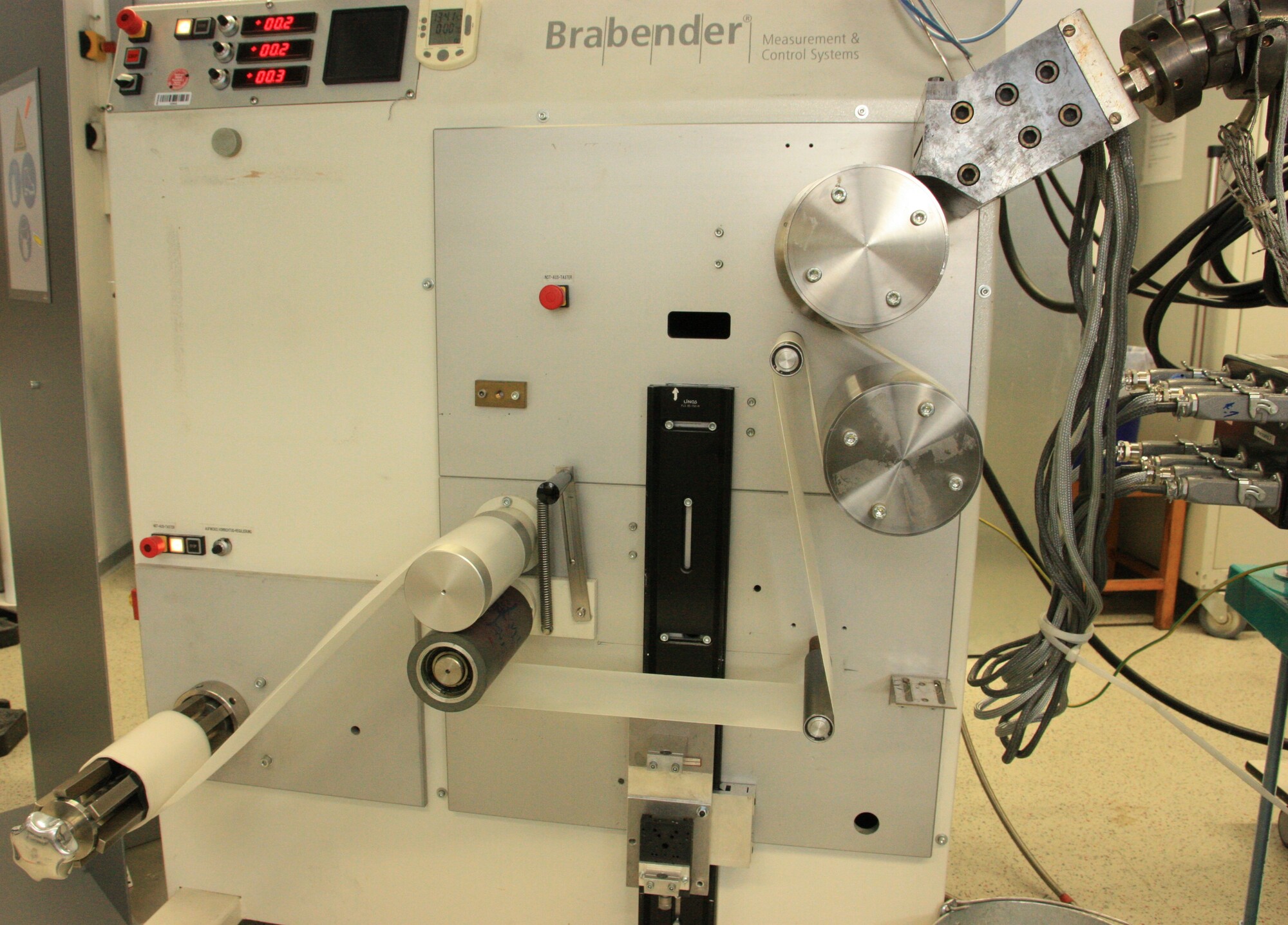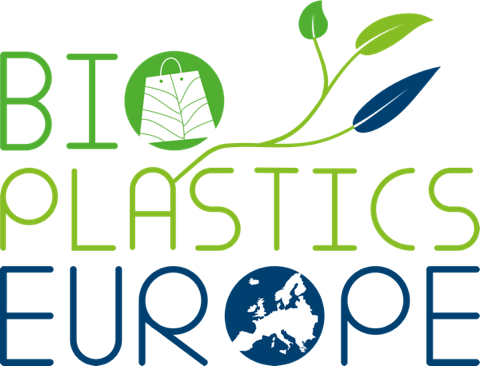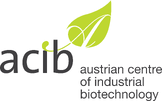Biodegradable & bio-based toys and films – it’s all about the compounds
By Katrin Weinhandl, Franz Stelzer (ACIB, Austria) and Simon Gölden (Fraunhofer LBF, Germany)

Pictured: Device for the Production of samples: bio-based plastic film being calendered, a process in which the film is brought to its desired thickness, using a series of rollers (Source: Fraunhofer LBF).
Plastics play a big role in our everyday lives. Their diverse properties paired with relatively low costs and longevity make them one of the most used man-made materials. However, they come at a high environmental cost. From the fossil-based raw materials used in their production to their persistence in the environment as a polluter, a large part of their lifecycle is linked to negative environmental impacts. In the BIO-PLASTICS EUROPE project, our overall goal is to identify and test new possibilities to replace commodity plastics that frequently end up in the environment, with bio-based, biodegradable polymers to avoid negative effects. Well-known examples are single use cutlery and tableware, sand and swim toys, packaging materials and fishing baits. All of which get lost in the environment quite regularly and often unintentionally. Therefore, the compounds they are made of should be biodegradable without harming the environment.
Our task within the BIO-PLASTICS EUROPE consortium is to explore different material options and test them for their suitability in terms of the desired properties such as color, design, and mechanical properties. Also, the intended usage time for the applications must be kept in mind and the materials designed accordingly. For instance, cutlery is designed to be sturdy and dish-washer safe for multiple uses but should still biodegrade if lost. When focusing on toys, it is important to consider that for example sand toys and swim toys do not require the same material properties (sand toys should be rigid but not brittle, while swim toys require a soft and “rubbery” appearance). The materials that we test in the frame of the project include PHAs (polyhydroxyalkanoate) and PHA blends. The PHBV (poly(3-hydroxybutyrate-co-3-hydroxyvalerate)) material from our partner NaturePlast, a French manufacturer of bio-based polymers, was found to be well-suited for sand toys but must be modified towards a softer behavior for swim toys.
ACIB, the Austrian Centre of Industrial Biotechnology, has started to develop new compounds based on natural polymers. For this purpose, we are using roller mixers, mini extruders and mini injection molding machines to produce these blends and sample specimens thereof. Various ratios of the components have been investigated so far and the second round of analyses and experiments will focus on the properties and processability of these compounds.
Based on PLA (polylactic acid), PBS (polybutylene succinate) and PHBV, NaturePlast, Arctic Biomaterials, our Finish manufacturer, and Fraunhofer LBF, the Fraunhofer Institute for Structural Durability and System Reliability LBF, are developing compounds suitable to innovate different fields of plastic applications. Potential uses include packaging, toys, fishing bait, mulch film and multiple-use cutlery, which have much improved properties for plastic conversion by manufacturers, application by end-users and for end-of-life. Depending on the disposition of the finished product, short or long usage phases can lead to recycling, composting or degradation in the field. Based on the same polymer types, a concept for a multi-layered film for large-scale production of innovative bio-based packaging is also under development.
Together with other project partners, we are testing typical mechanical and toxicological properties of these compounds (with and without aging) and evaluating degradability in a range of natural environments, such as coastal water and the natural agricultural environment, and across different climate zones (e.g., the Mediterranean and the North Sea). The time-consuming experiments are accompanied by in-vitro investigations of the degradability by applying enzymatic degradation methods. At the end of life, the decay of plastic is also related to its ecotoxicity, because the release of substances can be faster or slower dependent on the circumstances. The effect of a substance on humans, animals, plants, and microorganisms can differ significantly. A short period of high concentration (fast degradation) or chronic low concentration (slow degradation) can also influence the ecotoxicity. The combination of in-vitro and field testing in BIO-PLASTICS EUROPE enables us to provide some insight into this very complex issue.
The integration of a feedback loop is important to improve the materials under development directly. In this context, the BIO-PLASTICS EUROPE consortium applied the concept of “Design Thinking” to improve all materials for their application, because the introduction of bio-based materials will only be successful if they meet market demands.
The trans-European perspective is very helpful in this sense. The markets for bio-based plastics can be geographically different, and so are the expectations of these materials. This has led to the identification of a range of different testing approaches which partners who share similar scientific backgrounds are interested in.
But all together we will come closer to our vision of commercial production in a bio-based economy!


